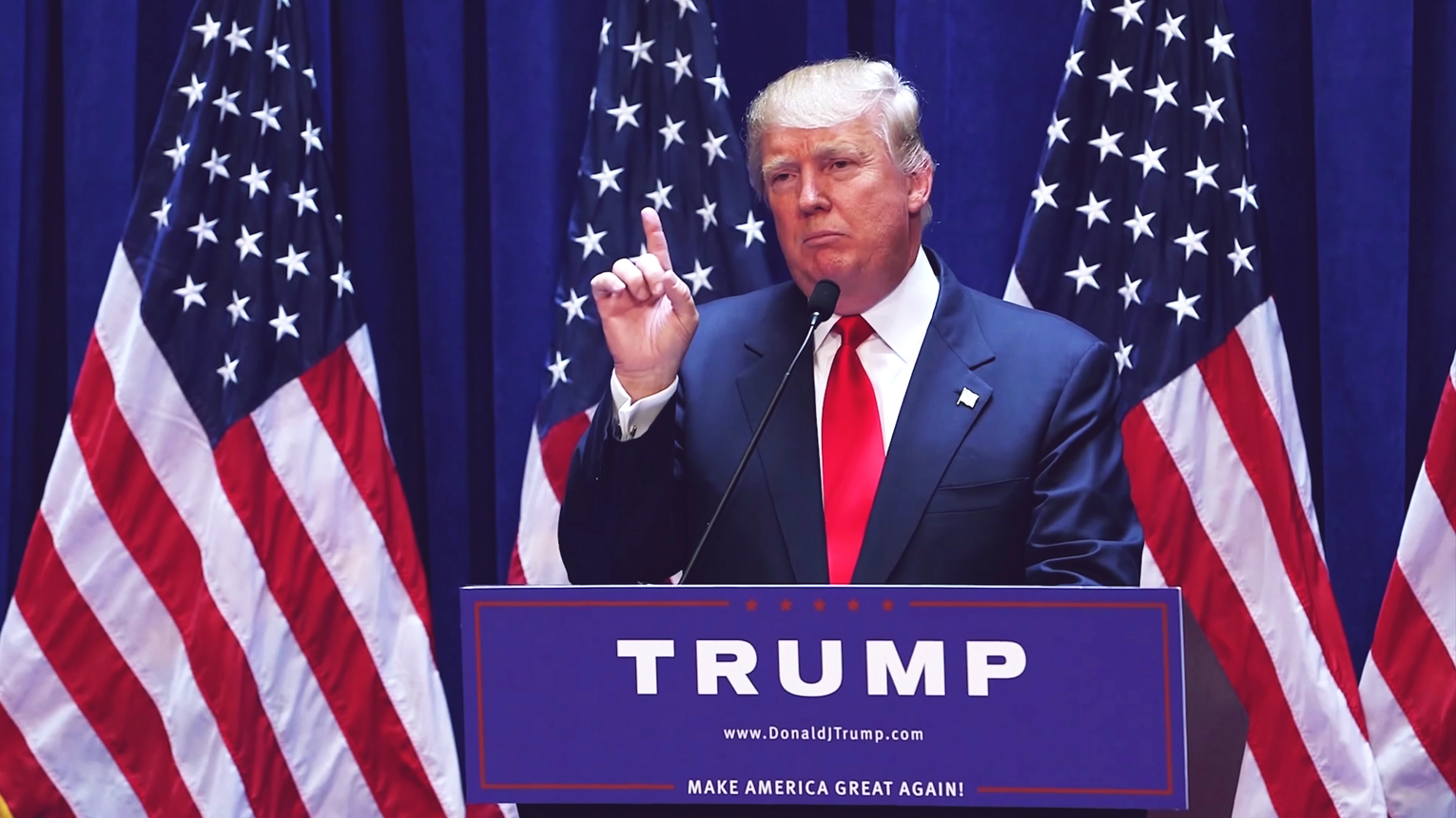As we move past the July 9th deadline which marked the end of the 90-day pause, we observe President Trump unleashing renewed tariff threats on the nations that failed to sign the drafted trade agreements, with higher rates and harsher implications.
The President has now postponed the original deadline and gave another 3 weeks for nations to comply to his will, setting August 1st as the reckoning day. Given that negotiations on trade being characteristically slow by nature, the administration showcased repeatedly their sense of urge, using the failure of conformance by other nations as a justification to raise levies further.
The general 10% blanket tariff rate on most trade partners has now been raised to 15%-20% and levies communicated to 14 nations such as Japan, South Korea, South Africa, Malaysia, Thailand, Cambodia, Myanmar, Laos, Bosnia, Serbia, Tunisia, Bangladesh, Kazakhstan and Indonesia now range between 25% to 40%.
Brazil and Canada will be also facing increased tariffs, both getting the short end of the stick, as the levies far exceed the “baseline” rates.
Brazil is facing a 50% on all of its imports and President Lula responded by threatening to enact the Reciprocity Law, by imposing a 50% tariff on all US goods in return, yet the move is seen as a measure of restoring reasonable negotiations and avoid escalations.
Canada was threatened with 35% tariff, to pressure the nation into agreeing a new deal and the renewed hostility comes on top of a 50% levy on Canadian steel and aluminium and a 25% on all cars.
The President uploaded the trade deal letters on his social media platform, Truth Social, emphasizing that the tariffs «may be modified, upward or downward, depending on our relationship with your Country”
At the end of the day, the ramp-up of tariffs is a strategic move to pressure trading partners into negotiating better trade terms with the United States, with tariff rates tailored according to the perceived trade imbalances and negotiation status with each country and shall we observe a rebellious uprising of nations against the plans of the US, more fractures on the global trade order are reasonably expected to arise, with detrimental consequences.
Technical Analysis
DXY Chart – The greenback rises on the back of renewed tariff threats

Resistance: 98.80 (R1), 100.00 (R2), 101.50 (R3)
Support: 96.00 (S1), 94.70 (S2), 93.50 (S3)
